A reported 42,438 showed up last Friday night in the Aviva Stadium, Dublin to see Ireland in their penultimate friendly before Euro 2016. For a friendly match that’s a decent attendance figure (maybe it’s even better given that the match coincided with Bruce Springsteen attracting an estimated 80,000 to Croke Park).
Since the Aviva opened in 2010 the average attendance at friendlies has been 31,006*. The average capacity is 60%. For qualification matches, the average attendance is 42,309 with an 82% capacity. There is a standard deviation of about ten and half thousand for both competitive and non-competitive matches. Those stats discount the Nations Cup. The crowd that showed up last Friday night for the friendly match was about the same amount as your average qualification game. Albeit the Dutch would have been an added attraction, about an extra 11,500 arrived to support the Boys in Green. 5,338 more people turned up to support the team when compared to the attendance at our last game in the Aviva before Euro 2012 when we defeated Bosnia 1-0.
The graph below shows the capacity attendance for senior international matches since the Aviva opened its doors in 2010. The green bars measure attendance at competitive matches. The orange bars represent friendlies. The white bars are for the Nations Cup. The opening match against Argentina sold out. Important qualification matches such as the Estonian and Bosnian play-off and our big recent matches against Germany, Scotland and Poland also all had a capacity attendance.
Tomorrow night Ireland will play their final friendly before the Euro’s at Turner’s Cross, Cork. With a reported capacity of 7,385 I suspect a sell-out!
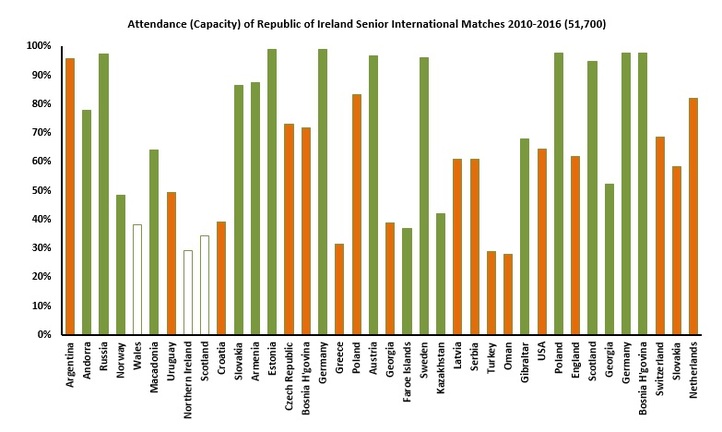
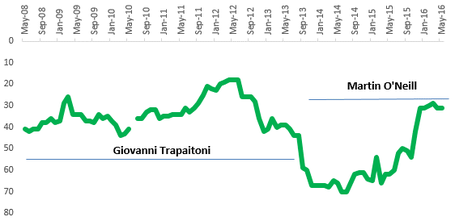
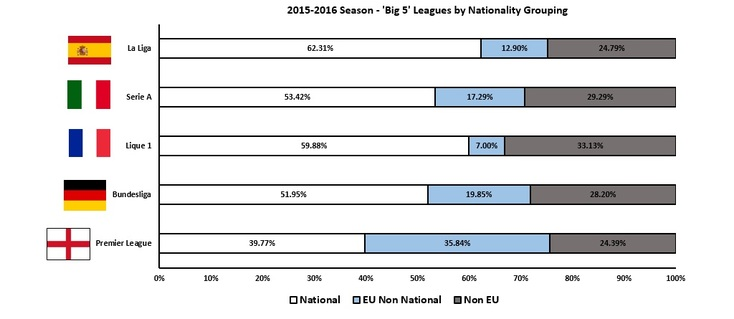
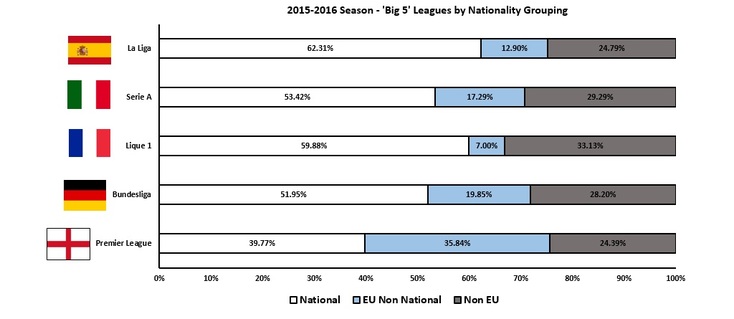
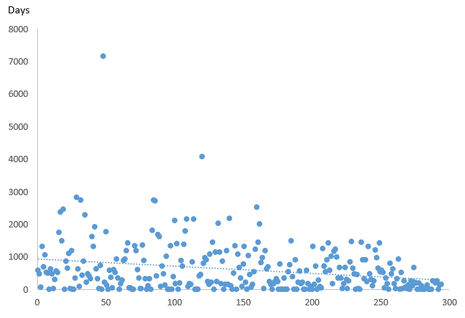
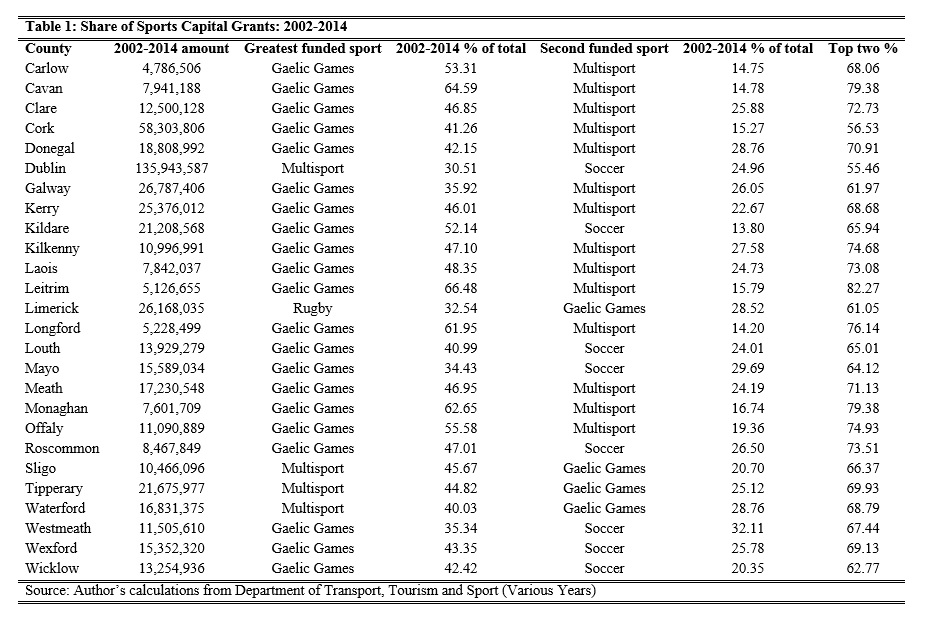
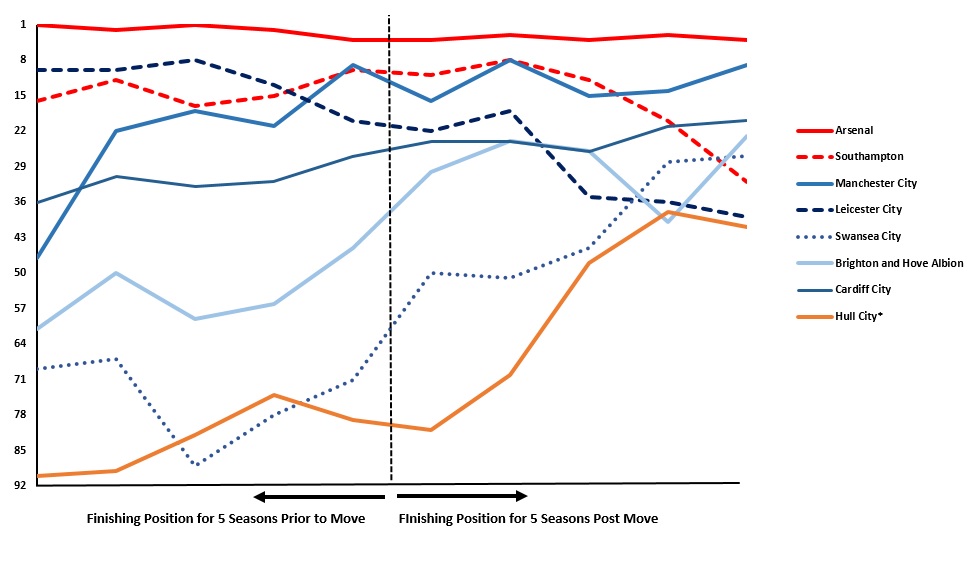
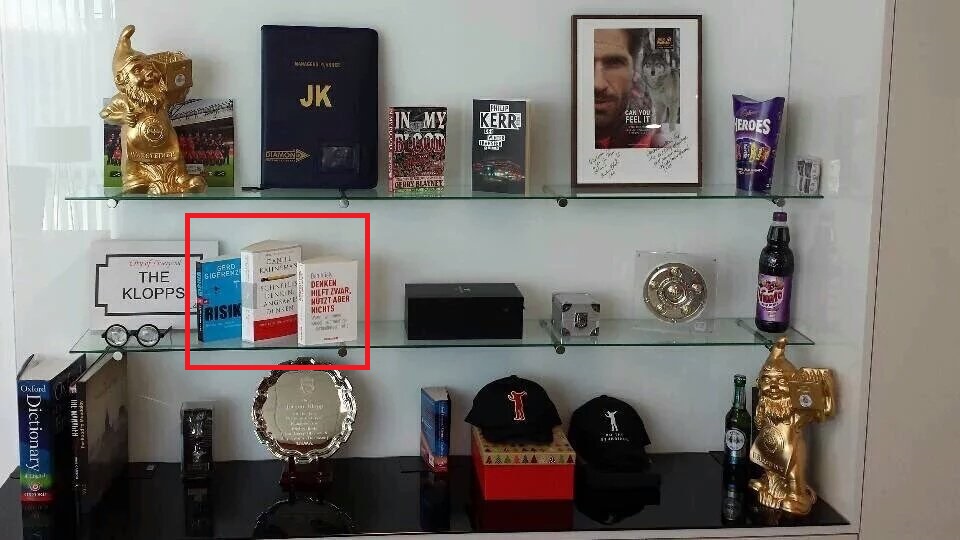
 RSS Feed
RSS Feed